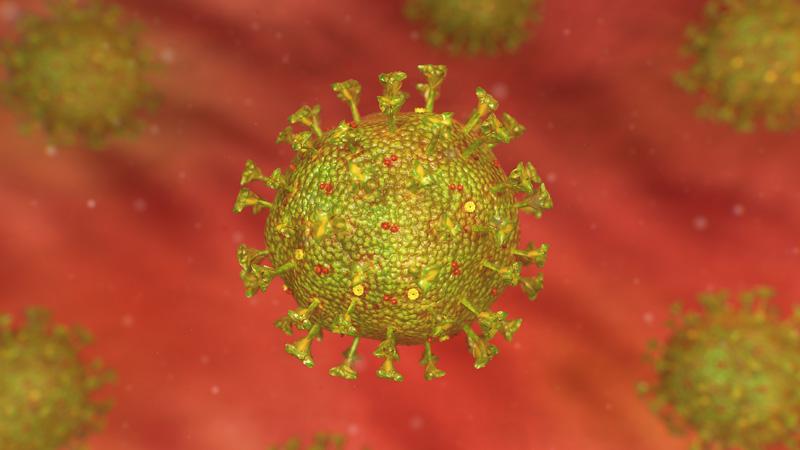Dr Pinar Uysal-Onganer, Senior Lecturer in Molecular Biology, led a new study which identified that small cast-off parts of our genetic material known as microRNAs (miRs), which show similarities with genetic materials of SARS-CoV-2, can be used to predict the outcome of COVID-19 related diseases as well as new treatments to target the SARS-CoV-2.

The study suggests that by using a small and specific number of molecules to inhibit specific miRs, which are tiny sequences of molecules that are vital to our development, growth and survival, will increase the likelihood of the development of new treatment options. This could therefore lead to the creation of a new group of biological measures for COVID-19 diagnosis and predict the likely outcome of the virus by informing COVID-19-related interactions between genes in cellular responses to infection.
Based on the reported findings, miRs may create a potential effective and therapeutic approach to cure COVID-19 infection and the causes of its symptoms. Currently, the researchers are planning to conduct further studies involving a large number of patients to confirm the effectiveness of this approach.
The study led by Dr Uysal-Onganer compares hundreds of SARS-CoV-2 sequences from different geographical regions to those from SARS, Middle East respiratory syndrome (MERS) and two cold viruses, and has identified the presence of miR-like sequences and seven key miRs specific to COVID-19.
SARS-CoV-2 causes COVID-19, which does not follow regular viral lower respiratory infections. The symptom spectrum for the MERS and cold viruses differ from that of SARS-CoV-2, therefore it is important to understand whether the miR-like sequences are present. The research identified seven key miRs, which highlight considerable differences between the SARS-CoV-2 sequences compared with the other viruses.
The study analysed several genetic materials of SARS-CoV-2, which showed significant similarities to human miRs, which target a subset of genes then those genes can then trigger many immunological responses affecting reactions of the virus infection related symptoms observed in COVID-19 patients.
The number of current computer simulated prediction-based studies show miR mimicking sequences of SARS-CoV-2 genetic materials and miR-mediated host responses are increasing. After analysing several molecule interaction prediction tools, the researchers identified that these specific SARS-CoV-2 miRs provide unique insights into viral interplay with numerous conditions. Based on the findings of the study, it could therefore be suggested that miRs may provide potential effective therapeutic approaches to COVID-19.
Collaborators on the study included Dr Sigrun Lange, Senior Lecturer in Molecular Pathology at the University of Westminster, academics from St Georges University, University of Bedfordshire, Gebze Technical University and two clinicans who regularly treats COVID-19 infected patients from Turkey.
Talking about the study, lead researcher Dr Pinar Uysal-Onganer said: “In our recent paper, we used a combination of sequence and KEGG path analysis, which is a system that allows researchers to create a collection of manually drawn pathway maps. The maps showed that the genetic materials of SARS-CoV-2 contained seven statistically significant sequences identical to human miRs.
“This work further showed that these miRs are linked to a number of the symptoms arising from the virus and may point to the origin of its pathogenicity. Clear differences were also seen between the sequences of SARS-CoV-2 and other milder coronaviruses.
“These findings are important as we can predict the outcome of the COVID-19-related development of disease. The next step is to study the process by which the information in a gene is made into a functional gene product of our identified miRs by using cell-based studies and patient samples.”


